Although Taft's dollar diplomacy included Asian nations, such as China and the Philippines, it primarily took a traditional approach to the Monroe Doctrine; Latin America and the Caribbean remained the main focus of U.S. foreign policy during his administration. Nonetheless, the total land mass of the territories regarded by the Taft administration as under the influence of the United States expanded considerably during his term.
Study the slides below to better understand how Taft became focused on Honduras--and what happened as a result.
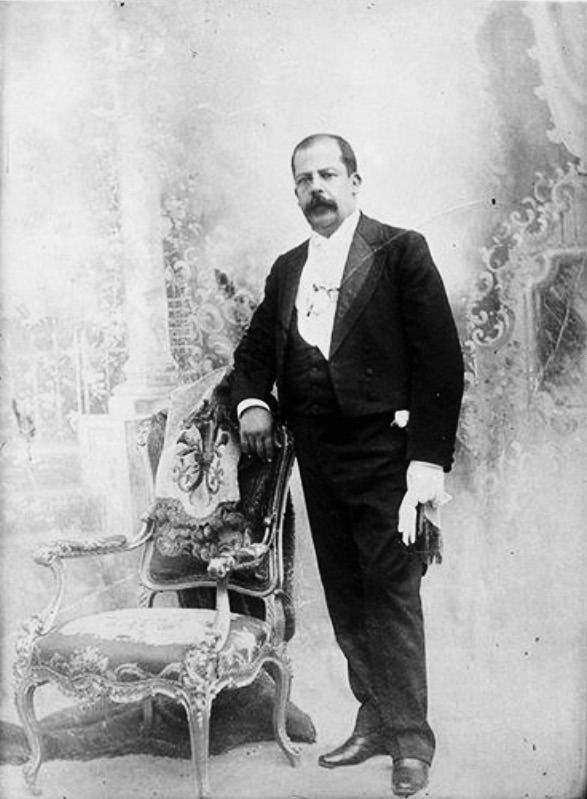
between 1898 and 1920. Before Taft's administration began, the U.S. had never expressed much interest in Honduras. Like many of the post-colonial nations in Latin America, the large and sparsely populated nation had experienced a series of attempted dictatorships followed by revolutions. Until Taft's term, the Guatemalan representative of the U.S. government had also supervised relations with Honduras. But the Spanish War and, more importantly, the Panama Canal, had led to increased U.S. involvement in the entire region. Moreover, the influence of European powers was increasingly being restricted by the threat of U.S. naval engagement in the Central American region.
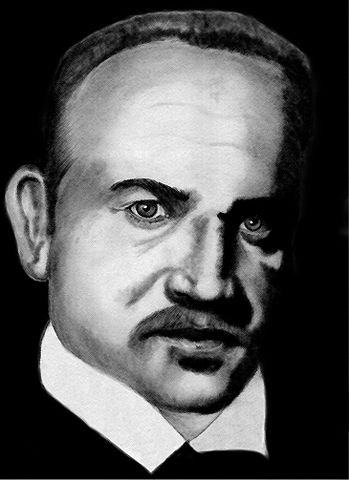
was President of Honduras between 18 April 1907 and 28 March 1911. In 1907, the year before Taft took office, a serious incident took place in Honduras: U.S. navy ships stepped in and defended the territory from "invasion" by neighboring Nicaragua. For its part, Nicaragua claimed that the purpose of its intervention was to overthrow a dictatorship. The U.S., though, regarded the action as an effort to expand Nicaragua's own political revolution. The matter was settled by replacing the Honduran dictator with a leader selected by the U.S.-- General Dávila. This solution didn't really satisfy the rebels in Honduras or Nicaragua--it was enough to establish a cease-fire, but the new Honduran government under General Dávila remained in a perilous position, threatened by rebel forces both within Honduras and in nearby countries. Concerned by the threat of renewed conflict in Central America, American officials arranged a conference in Washington to address the future of Honduras. A Central American Court of Justice was instituted to resolve future disputes.

When William H. Taft took office in 1908, he found himself in the middle of yet another conflict involving Honduras. Opponents of President Dávila from neighboring countries had once again invaded Honduras. This time Nicaragua supported the Honduran president. The dispute was submitted to the new Central American court. As the Court considered the matter, the revolt dissolved.
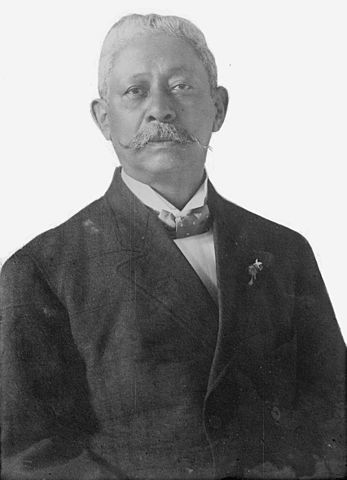
from 1903 to 1907 and again from 1912 to 1913. Taft decided to use dollar diplomacy to reduce conflict in Latin America. Noting that British banks were largely in control of the $120 million debt owed by Honduras, he offered to refinance the loan and guarantee Honduras its independence. However, the agreement included provisions for a United States "customs receivership" in which U.S. bankers would control the Honduran railroad. The Honduras government serving under Dávila rejected the proposal, with only five of 38 legislators voting in favor of it. In response, in 1911, Taft's representatives held another "conference"--this time on a U.S. navy ship. The U.S. selected a new leader for Honduras, and Dávila was forced to resign.
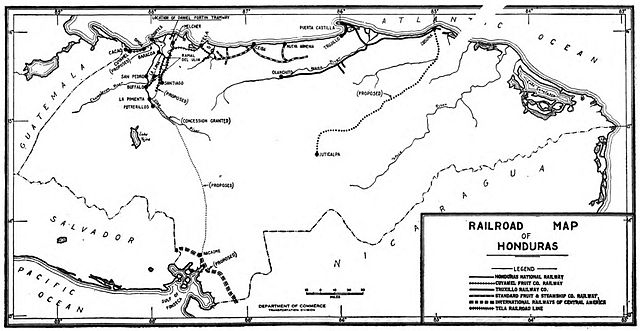
One of the main problems with Taft's Honduran proposal concerned the United Fruit Company's entry into Honduras in 1910. The company began constructing railroads soon after Taft's intervention in Honduras, since they received subsidies from the U.S. government for laying the tracks. Instead of building a system that connected with the capital city, however, the company expanded towards the coastline, which gave them control of much of the best, most fertile land in the country.
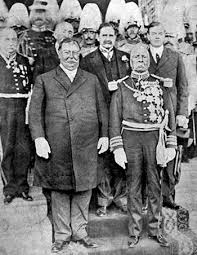
The Taft administration almost uniformly favored military dictatorships in Latin America. The revolt in Honduras continued primarily in the countryside where there were few U.S. troops stationed. Although the United States gradually gained control in the urban areas, U.S. companies operating in the rural areas demanded more protection. The additional troops found themselves carrying out the company's policies, and the U.S. staged more formal interventions in 1903, 1907, 1911, 1912, 1919, 1924 and 1925. Eventually, the U.S. military presence in Latin America expanded into more than a dozen nations--including Mexico, where 10,000 U.S. troops were preparing for an invasion in the final months of Taft's term as president.
|
Where did President Taft focus his foreign policy efforts? Use the questions below to confirm or clarify your knowledge of his approach.
The following were all reasons for increased U.S. interest in Central America during the Taft era EXCEPT
- protecting the Panama Canal
- Spain's removal from Latin American affairs
- the risk of European interference in the region
- Protestant missionaries who hoped to convert the natives
Missionary work continued, but it was not a primary concern of the Taft administration.
Missionary work continued, but it was not a primary concern of the Taft administration.
Missionary work continued, but it was not a primary concern of the Taft administration.
Missionary work continued, but it was not a primary concern of the Taft administration.
In order to finance a loan for Honduras, Taft was obliged to negotiate with which European nation?
- Spain
- Germany
- United Kingdom
- France
The British had formerly controlled the economy in Honduras through a series of loans; Taft intended to refinance Honduras after banking arrangements were mutually acceptable.
The British had formerly controlled the economy in Honduras through a series of loans; Taft intended to refinance Honduras after banking arrangements were mutually acceptable.
The British had formerly controlled the economy in Honduras through a series of loans; Taft intended to refinance Honduras after banking arrangements were mutually acceptable.
The British had formerly controlled the economy in Honduras through a series of loans; Taft intended to refinance Honduras after banking arrangements were mutually acceptable.
Convening a meeting on a U.S. warship can most closely be equated with
- citizen diplomacy
- non-governmental diplomacy
- dollar diplomacy
- gunboat diplomacy
The pressure exerted on the bargaining parties was increased once discussions were moved to a military location.
The pressure exerted on the bargaining parties was increased once discussions were moved to a military location.
The pressure exerted on the bargaining parties was increased once discussions were moved to a military location.
The pressure exerted on the bargaining parties was increased following initial lack of success by obliging discussions in a military location. Many famous negotiations had taken place in the past and most of them involved the mutually satisfactory division of a conquered territory.
Summary
 Questions answered correctly:
Questions answered correctly:
 Questions answered incorrectly:
Questions answered incorrectly:
